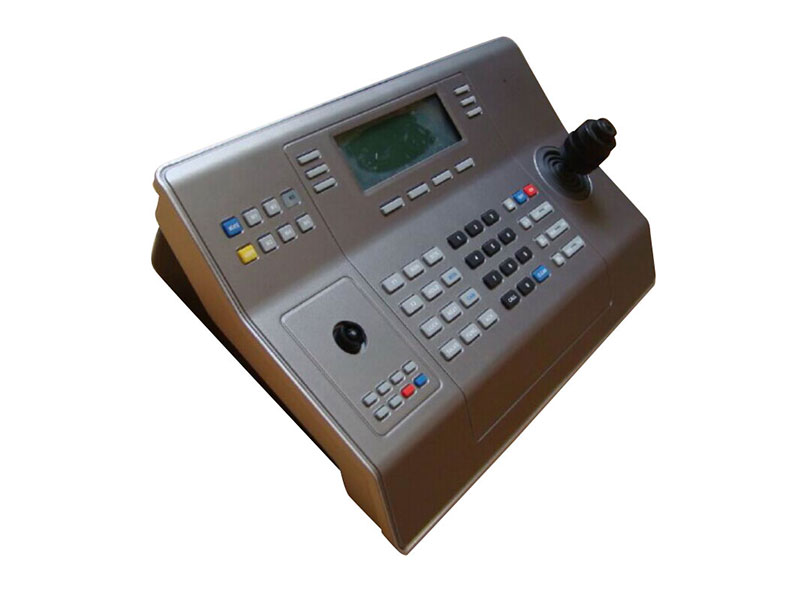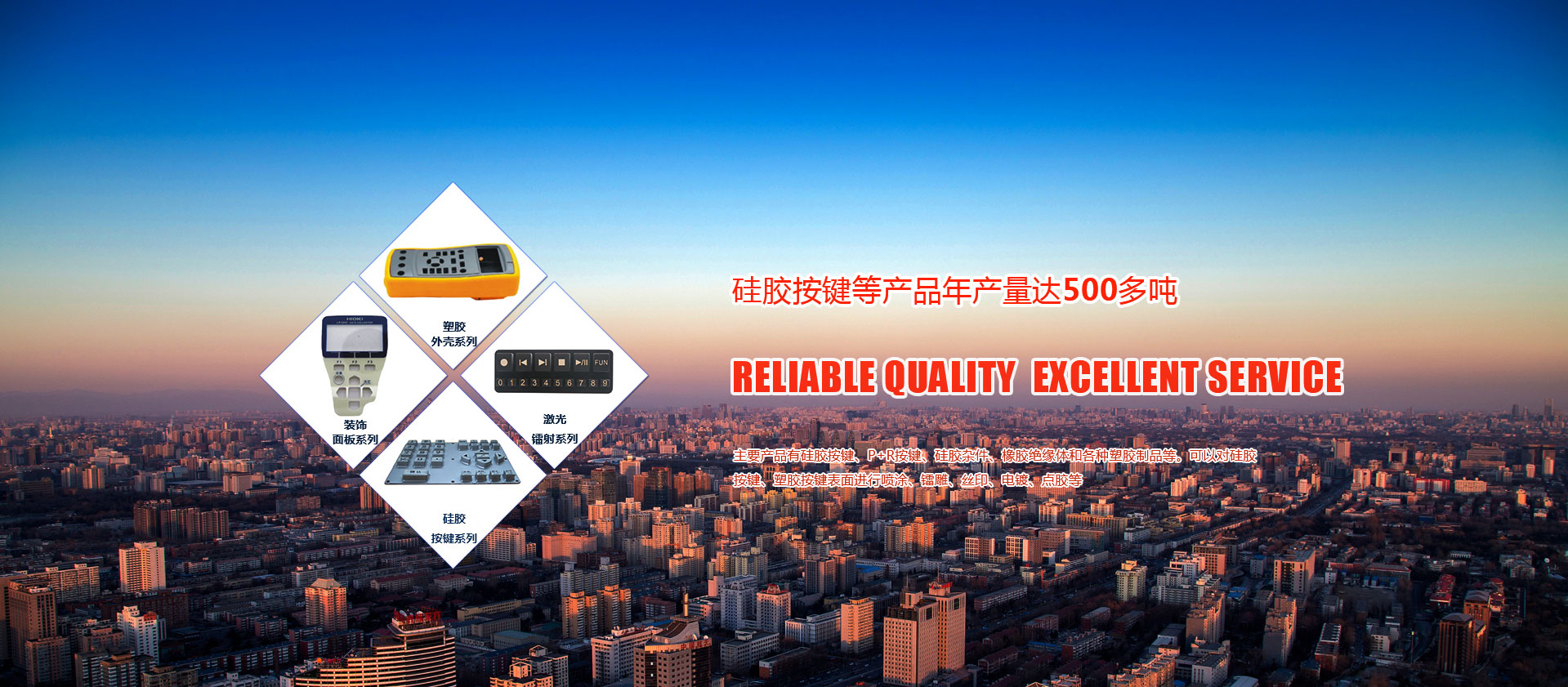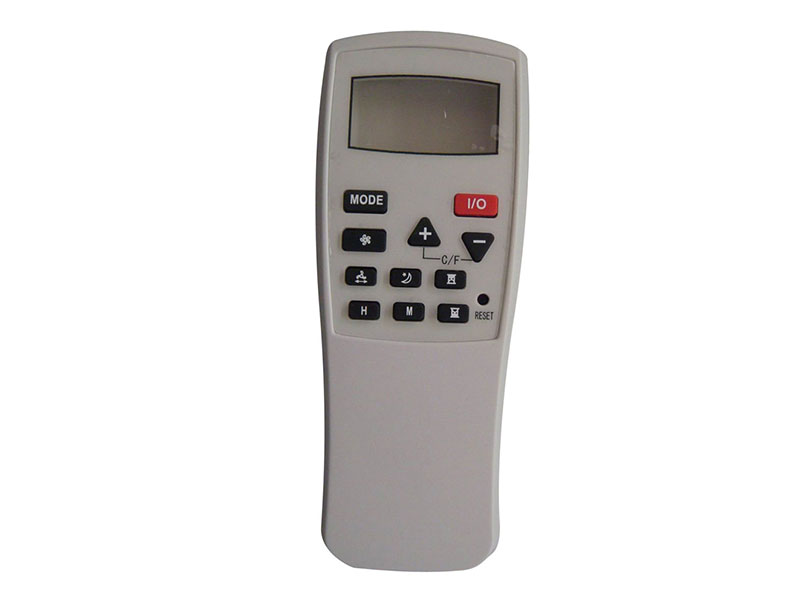Parts made of plastic compounds containing anisotropic thermal conductive fillers represent directional thermal conductivity and anisotropic material properties. Innovative processes help improve the thermal conductivity of components and optimize their performance by changing the direction of the filler. Why is it difficult for plastic phone shells to dissipate heat? How to improve?

Due to the increasing demand for electromechanical systems in the industry, especially the trend towards miniaturization, people are beginning to explore new concepts of thermal management. Due to the impact of miniaturization, the available space and air in the modules are reduced, and active cooling components such as ventilators are also being scrapped. One way to meet these new requirements is to use plastic component shells to eliminate heat.
Firstly, plastic shell manufacturers believe that the more thermal conductive fillers, the worse.
Plastic itself has low thermal conductivity, so it is often necessary to use thermal additives to make thermal materials. In addition to functional integration, thermal conductive plastics also have special properties - electrical insulation, without metal materials (although their thermal conductivity and energy are very good). The combination of these advantages and the high design freedom of plastic components provide new methods for thermal management of technical components.
In addition, plastic shell manufacturers believe that thermal conductive plastics can be obtained from multiple suppliers in the market, mostly between 1-20W/mK. The investigation shows that the thermal conductivity of thermal conductive plastics is only 3-5 W/mK, which can improve the heat management of electronic modules. As is well known, the thermal conductivity mainly depends on:
1. Thermal conductivity of plastic
2. Packaging type
3. Filler shape (spherical, sheetlike, or fibrous)
4. Filler size
5. Charging capacity
However, the amount of filler used not only has a significant impact on thermal conductivity, but also on other properties. The higher the filler content, the more the thermal conductivity does not increase proportionally, and the processing performance of thermal conductive plastics significantly decreases. In addition, thermal conductive fillers are generally more expensive than engineering plastics, so as the content of the filler increases, the material cost will significantly increase. When selecting thermal conductive plastics, the relationship between thermal conductivity, processing performance, and material cost should be evaluated. For thermal conductive plastics, the principle of 'more is better' does not apply.
2、 The thermal conductivity of the formed flow direction product is relatively good
The research results of both thermal conductive plastics and fiber reinforced plastics show that the use of unequal axis filling materials can exhibit anisotropic material properties in components. Therefore, this anisotropy depends on the value of the processing. The fluid dynamics acting on the fillers during the processing have a significant impact on their taste. Due to the fact that the thermal conductivity of unequal axis fillers is mainly reflected in the preferred direction (such as the fiber length direction), the direction of the filler will have a significant impact on the anisotropic thermal conductivity of the finished component.
When using traditional processing methods to produce flat or frame components, the filling material mainly follows the flow direction and width direction. Especially in thin-walled components, the filling material is rarely aligned with the thickness direction. Therefore, good thermal conductivity mainly occurs in the flow direction and width direction. However, these filling directions are not applicable to all application fields. For structural components, internal heat loss is mainly eliminated on the shell wall (thickness direction). From this perspective, high thermal conductivity in the thickness direction is very important. Unfortunately, the orientation of fillers achieved using traditional processing methods is not ideal for this application. As the filling content increases, only the thermal conductivity in the thickness direction will slightly increase, but the other performance of the component will decrease.
3、 Plastic shell manufacturers believe that the new process can improve the thermal conductivity in the thickness direction
As mentioned by the plastic shell manufacturer, the anisotropy of thermal conductive plastics, which is not dominant, is mainly affected by the flow behavior during the processing. This directional adjustment is achieved by improving the melt flow inside the mold, while causing changes in shear flow and tensile flow.














